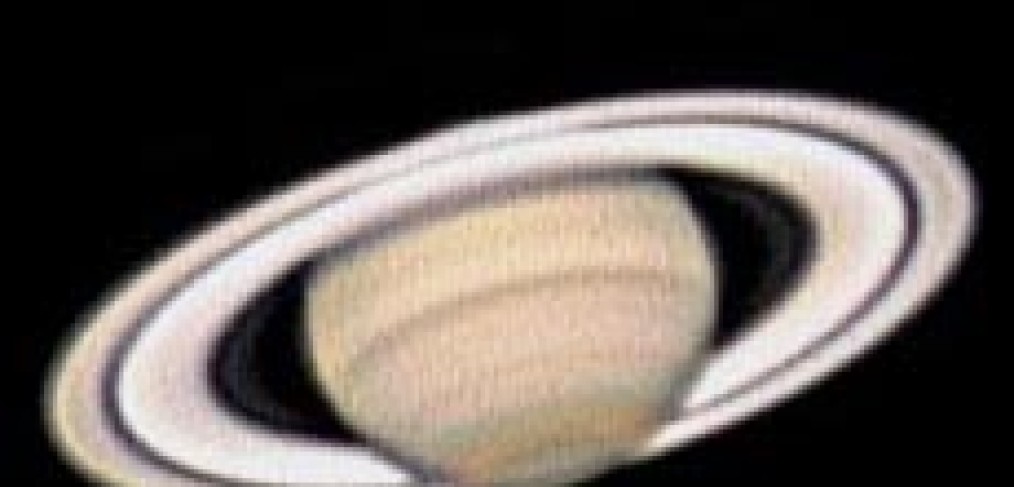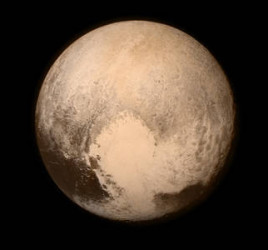
Saturn Viewing Season
Saturn viewing season has begun for 2015
Saturn rises early in the evening and rides high in the sky by midnight. Saturn is the farthest planet visible to the casual astronomer with no telescope looking like a bright yellowish star at +0.1 magnitude at the western end of Scorpius. It is over 893 million miles from the Sun and appears very small in low power telescopic views. Saturn viewing season for 2015 ends in October.
Best telescopic views are had when Saturn is high above the horizon
Saturn begs for high magnifications of 200x or greater that severely tests the optics of small telescopes. Telescopes suffer from atmospheric “seeing” at high powers. “Seeing” is the term given to the distortions and bobbing about that star and planetary images suffer when the air is unstable. Air is a fluid that distorts planet and star images in the same manner as water will distort the view of the bottom of a flowing stream. High magnification brings the distortions into obvious view. Patience while viewing a bobbing and distorted image will reveal periodic stable air masses (windows of clear views) that allow fine details to be revealed to the stargazer. Saturn rewards observers with glimpses of fine details in the rings, planetary atmosphere and the multitude of tiny moons. “Seeing” is best at high altitudes above the horizon. Looking directly upwards towards the zenith has the least amount of air between space and the telescope, about 60 miles. Looking low along the horizon is affected by over 700 miles of air before reaching space. Refraction and “seeing” will produce badly blurred and rainbow effects on stars and planets at low viewing angles.
“Poor man’s adaptive optics”
Recording a short video of Saturn enables digital post processing where each frame of video is graded and selectively combined and enhanced to reveal fine details. Adaptive Optics systems that correct images for atmospheric distortions in real time currently cost over 4-million dollars and are installed on many of the large research optical and Infra-red telescopes.



